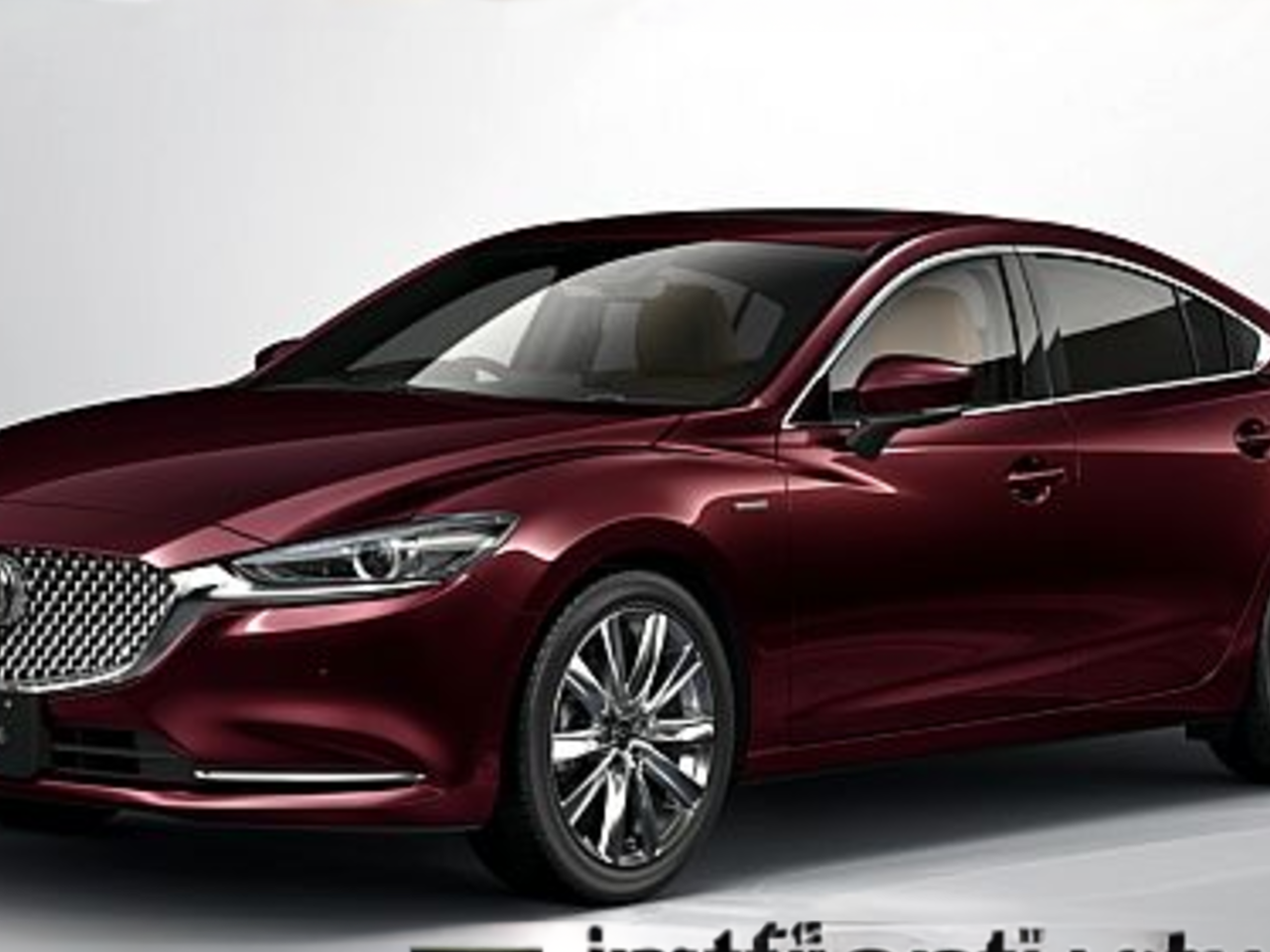Mazda’s Product Plans: What’s Next for the Australian Market?
What does the future hold for Mazda in Australia’s competitive car market?
Mazda has long been a popular car brand in Australia, but with the age of their current models and the rise of electric vehicles, what does the future hold for the brand Down Under?
Mazda has been the second-most popular car brand in Australia for nearly a decade, which is quite a feat considering the number of car brands in the country. It’s even more impressive when you consider the age of many of Mazda’s models, especially those in the mainstream segment.
While Mazda has been making waves with their successful SUVs in the United States, such as the CX-50 and CX-90, the focus in Australia has been on their sedans. The Mazda6, in particular, is due for a replacement. However, there have been no concrete plans announced for a new model yet. Rumors suggest that the next-generation Mazda6 will adopt the Large Product platform and a rear-biased driveline, but nothing has been confirmed by Mazda.
In the meantime, the next model to receive a full changeover will be the CX-5, which has been in production for seven years. Expected to arrive in 2025, the new CX-5 will likely be the first to utilize Mazda’s new scalable electric-ready architecture. This means it could have hybrid, plug-in hybrid, and battery electric options. Mazda has also confirmed plans to launch an electric crossover in 2025, which could be the same model as the new CX-5.
Another model that might see an electrified version in the future is the CX-3. Although it’s even older than the CX-5, having been launched in 2015, the CX-3 remains a popular choice among Australian buyers. A new-generation CX-3 could be a solid candidate for an electrified resurrection in 2025, especially considering its commercial success.
However, widespread electrification of the Mazda range is not expected until later this decade. According to Mazda’s mid-term management plan, the second phase of their electric vehicle rollout will begin in 2025. The plan includes the introduction of more battery electric vehicles (BEVs) between 2026 and 2027. By 2030, Mazda expects BEVs to make up 25 to 40 percent of its global sales.
In addition to electrification, Mazda also has plans for other models. The next generation MX-5, expected to arrive during the third phase of their management plan, will feature styling inspired by the Iconic SP Concept and could have a petrol-electric hybrid powertrain. Replacing the Mazda2, on the other hand, might prove to be more challenging. Mazda will need to carefully consider the business case for a new Mazda2 before committing to a renewal of the nameplate.
While Mazda’s product timeline might go against the industry norm of frequent new releases, their older models continue to be popular among customers. The Mazda2 and CX-3, despite their age, still perform well in terms of sales. However, Mazda recognizes the importance of bringing new products to the market, and the bulk of their new product activity is planned for the latter half of this decade.
- Mazda’s recent success in Australia has been impressive, given the age of their mainstream models.
- The focus has been on their high-end SUVs, but what about their sedans?
- The Mazda6 is due for a replacement, but details are still unclear.
- The CX-5 will be the next model to get a full changeover, expected to have electric options.
- The CX-3 might also see an electrified version in the future, but wider-scale electrification is still a few years away.
- Mazda’s mid-term management plan includes the introduction of more BEVs by 2030.
Mazda’s future in the Australian market is poised for change. While their SUVs continue to resonate with buyers, the focus is now turning to their sedans and the introduction of more electric options. The Mazda6 is due for a replacement, and the CX-5 will be the first model to get a full changeover, with electric capabilities expected. The CX-3 might also receive an electrified version in the future. However, wider-scale electrification of the Mazda range is still a few years away. Mazda’s mid-term management plan includes increasing their BEV offerings by 2030. Despite their older models being popular, Mazda understands the importance of bringing new products to the market, and their new product activity is set to ramp up in the late 2020s.

